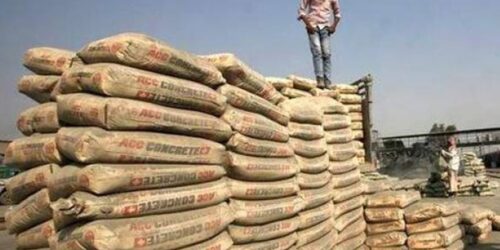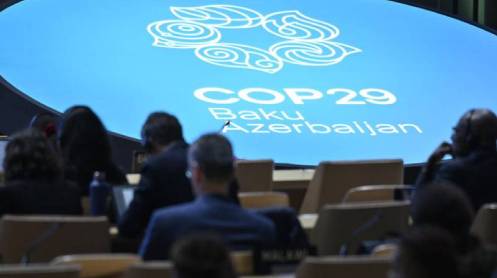FY21 was a treat for the cement industry. Booming demand (dispatches grew by 10 million tons in just one year; up 21%), substantially improved retention (average revenue per ton sold grew between 20 and 30% for most cement players situated in the north zone and 4-15% for those in the south zone), fixed costs absorption, tamed overheads and shrunk finance costs turned an industry that was in losses last year cumulatively become profitable with profit margins going into double-digits. But all this was despite the looming cloud of rising coal prices.
Coal prices have been having quite the race for the past year trying to beat past records, and winning. Australian coal is over 200 percent more expensive now than it was last year, while South African coal has followed a similar trajectory; prices surging 169 percent over the past year. Prices had already started to increase during FY21 and most cement companies in Pakistan were able to absorb that extra cost with timely procurement whilst raising cement prices after gaining back pricing power in the domestic market.

Coal has become a hotter commodity than before in the post-pandemic environment where the world has been gaining industry and energy demand back. China sits at the centre of this with the fastest growing demand for the commodity amid an acute shortage in supply. Prices as a result have somersaulted (read more about why coal prices are rising here: “Coal calls”, Oct 1, 2021).
There is no sign of them cooling down either as China claims it would pay any price to get its hand on the precious fuel. Earlier projections that coal prices will simmer down in the first quarter of FY22 seem a little far-fetched now; though eventually, once supply shortages subside, commodity prices as well as freight costs will normalize. That could take a while.

This means, cement manufacturers here at home will have to raise prices for their cement bags further up. As it stands, calculations suggest cement manufacturers could raise prices by Rs132 per bag or higher if they want to keep a hold on their soon-to-be thinning margins. Unfortunately for cement makers, it does seem they will have to take a hit and cannot pass on the entire burden of rising costs onto consumers.
While demand projections in the domestic market are very high, the first two months for the industry have not met expectations (read: “Cement: Chink in the armor”, Sep 24, 2021). If construction industry does not take-off as it was first visualized, cement companies that are also beginning expansions will no longer have the control over prices that they do now.

Meanwhile, there is significant push-back from builders and developers that are lobbying with the government to somehow curtail materials price hikes in order for these developers to meet the needs of government-pushed Naya Pakistan Housing Program (NPHP). Much has been opined in this space regarding whether government should in fact intervene; hint: it should not (“Construction: Controlling expectations, not prices”, Sep 27, 2021).
But if statements from government officials are any indication, cement manufacturers will likely only partially raise prices as they face the coal storm brewing their way. Earnings will certainly get affected; doubly so if actual demand does not meet forecasting. A depreciating rupee, and rising freight costs will also further put pressure on costs. Several brokerage houses have revised their earnings estimates down given these developments.
The other major concern is shortage of coal. Because China’s demand is growing so fast, a lot of developing countries may be left out with no available coal for consumption. This would mean very careful inventory management on the parts of cement manufacturers here at home and could even lead to cement undersupply in local markets, though that has a lower probability of occurrence as Pakistan’s demand for coal is less than 10 million tons. The most probable scenario is that cement manufacturers will have to bear the brunt of all this, as do consumers of cement who will pay a much higher price for the commodity.





